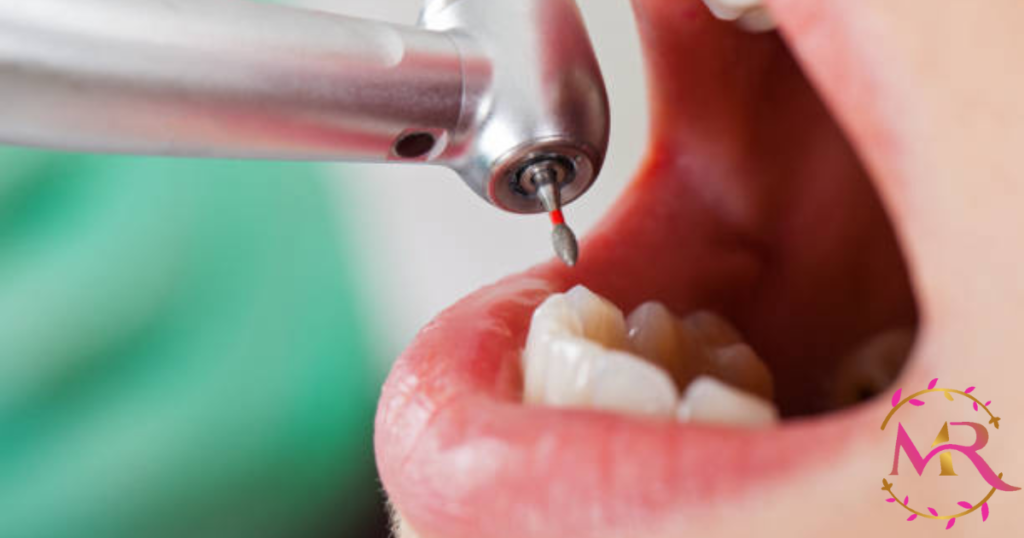To understand why drilling is necessary, it is essential to know how caries can be done first. Bad teeth are the result of tooth decayed. High-sugar foods accumulate in the teeth over time. When these substances bind with saliva and bacteria, they release acid. These acids gradually dissolve the enamel. The enamel will decay if eroded more quickly than it can be replaced. Cavities may also develop in the teeth. It is caused by a buildup of food at the base of the tooth. Periodontal disease can also cause tooth decay.
The most common types of cavities
Smooth-faced caries: If proper brushing is not performed after eating and floss is not removed, smooth-faced decayed teeth are formed gradually but can be treated if discovered early. Foveolar fissural caries: Common caries in molars and back teeth, which are not well-maintained in oral hygiene, and food debris and plaque adhere to the small depressions and grooves on the teeth. Root caries: Typically found in older people with receding gums. Root decay can be painful because the part of the tooth that is closer to the nerve at the root of the tooth becomes decayed, causing hyperesthesia.Tooth drilling procedure
Dental drills are mechanical tools used by dentists to clean enamel and dentin that have been decayed. A decayed tooth is caused by bacteria in the mouth that combine with sugar to produce acid, which destroys tooth enamel. With cavities, dentists must remove the damaged part of the tooth before they begin treatment. Doctors typically use a drill, although it may be painful for some people. Doctors may also use an anesthetic to make the person feel less uncomfortable. Dental drills are also used for root canal and implant treatment.Drills are not used to fill Cavities
In fact, dentists do not use drills to fill cavities. The purpose of drilling is to clean the teeth and prepare them to accept the stuffing. To think about this process, consider a similar situation. Anyone who has repaired holes in drywall will know that the edges of the holes are uneven. If moisture and other substances adhere to the drywall, it isn’t easy to spread them to the patched area. So, first of all, it is necessary to remove moisture. Then, clean the edges of the hole and apply a clean patch. This is about the same as drilling a hole in the Medrose Medical Center before the dentist fills the decayed tooth. They are digging away at the teeth infected with the bacteria. Otherwise, the bacteria will continue to reproduce until the entire tooth has rotted. That is one of the reasons dentists use drills. Next, the dentist will need to clean the area around the decayed tooth. This is so that the stuffing fills the hole and there are no small cracks or bacteria that get into the teeth. Drilling is the preparatory step necessary to fill in a decayed tooth, but it is not actually done to fill in a decayed tooth. It’s an entirely different step after you’ve adequately prepared your decayed teeth.Conclusion
Dental fillings are things that can be done to restore a tooth, but they are only sometimes needed. Knowing what procedures are available to treat cavities can help people who are anxious about fillings. If you have any questions about dental filling and whether or not you need it, please get in touch with us immediately. Our trained staff are available to answer any questions or concerns you may have. Please feel free to call us! Doctor of Medicine, Constantine University, Algeria
Diploma in Dermatology, Plymouth University, UK
Certified from the American Academy for Anti-Ageing and Aesthetic Medicine:
Lasers, Advanced Injectables, Threads ,Chemical Peeling

